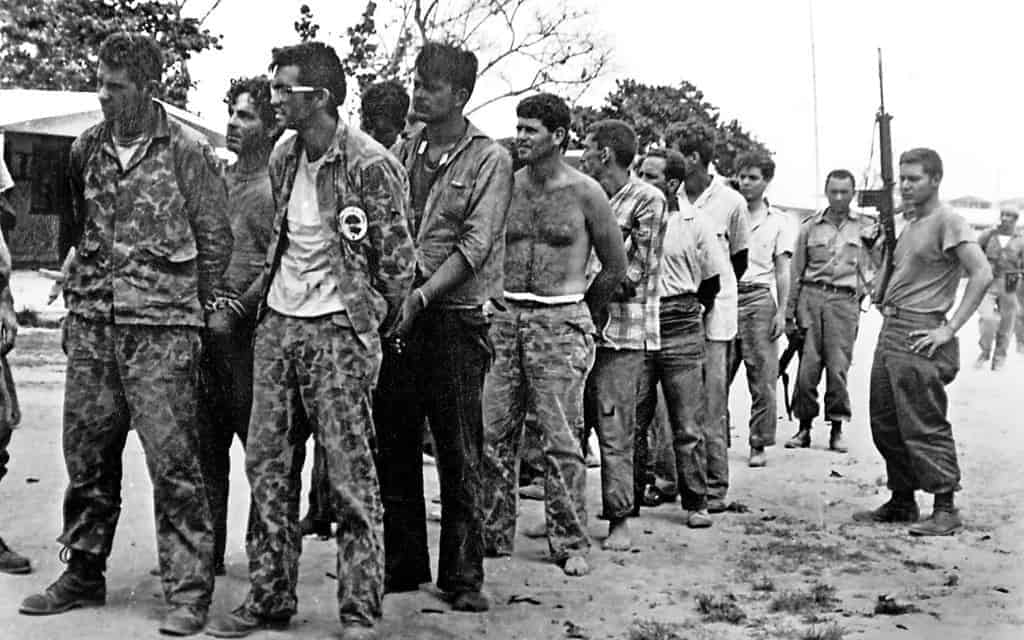News reporters going to extreme lengths to chase down a story is so common a trope that it has become a cliché. However, few examples could have been more extreme than when CBS News financed multiple armed invasions throughout the Caribbean, in exchange for exclusive broadcasting rights. Following are thirty things about that and other instances of people getting carried away and going to extreme and unreasonable lengths.

30. An Extreme Quest to Chase – Or Make – a Story: When CBS Funded Multiple Armed Invasions of Caribbean Countries So it Could Televise Them
Investigative reporting is vital to the functioning of a healthy society and government. However, investigative journalism is not that easy and requires diligence, persistence, long hours and hard work. Not everybody is a big fan of hard work, so it is unsurprising that from time to time, unscrupulous investigative reporters have resorted to unethical corner cutting when chasing a story. Or, instead of going through the hassle of chasing a story at all, they decided to simply create one from scratch.

That is what happened in 1966 when CBS producers heard of plans to invade multiple Caribbean islands. They were pushed by a Rolando “El Tigre”. Masferrer, one of the most extreme – and vile – of Cuban exiles. He came up with an ambitious scheme to invade the Dominican Republic and Haiti, as preludes to invading Cuba. CBS figured that it might have a rating hit on its hands, and agreed to finance the invasions in exchange for exclusive broadcasting rights.

